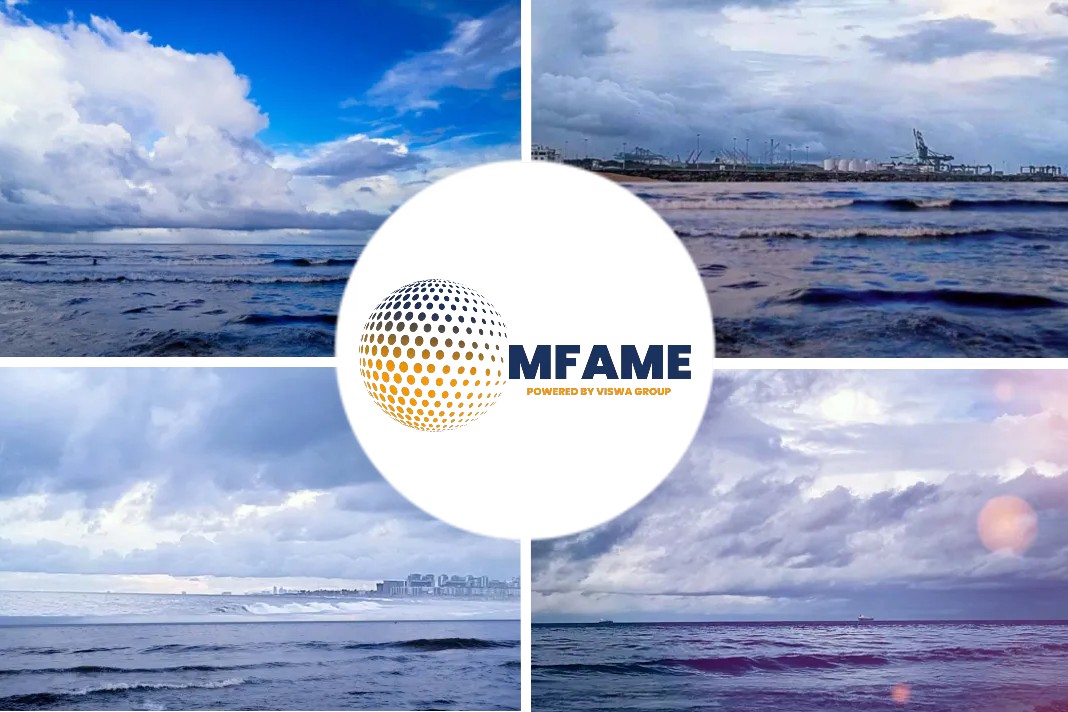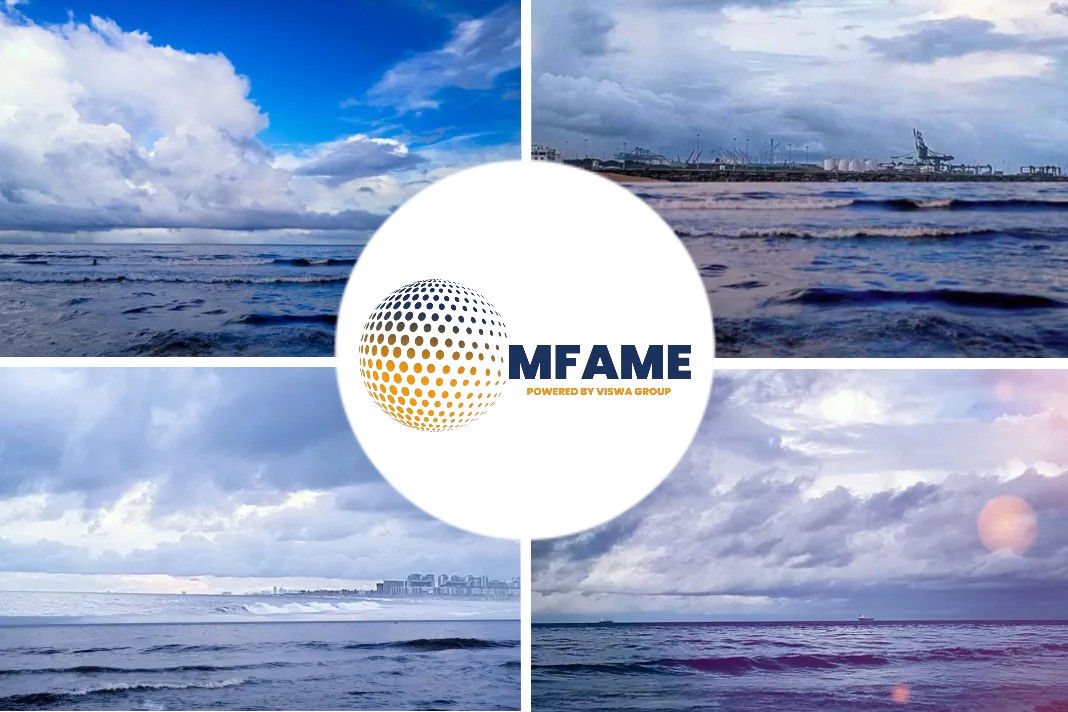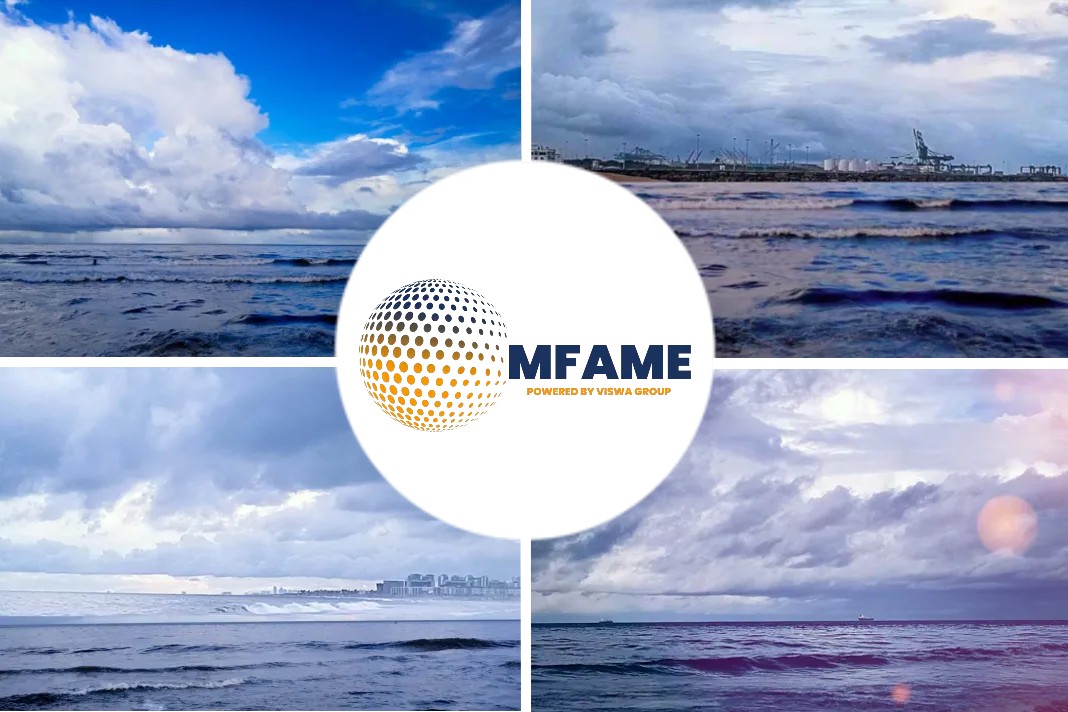U.S. import demand remains historically high. And yet, containerized imports could pull back, at least temporarily, because the trans-Pacific shipping system has bounced against its max-capacity ceiling and can no longer bear the full load, writes Greg Miller for Freight Waves.
Trans-Pacific congestion
Liner giant Maersk said in a new client note that month-on-month U.S. import declines “should not be attributed to a softening in demand, but rather, to continued capacity disruptions caused by heavy congestion across the entire trans-Pacific network.”
FreightWaves’ SONAR platform features a proprietary index of shippers’ ocean bookings measured in twenty-foot equivalent units (TEUs) as of the scheduled date of overseas departure. While these are bookings, not loadings, the index provides a directional indicator of future U.S. imports.
After climbing through May, the index has stalled for now and at least temporarily dipped in early June, including forward data on bookings for the coming week.
Indexed to Jan. 2019; 10-day moving average of bookings as of date of departure. Dotted line is forward bookings.
Tailwind: High demand
From a pure demand perspective, import bookings should still theoretically be rising.
The Evercore ISI Retailers survey hit 68.6 points last week, the highest level in 20 years. “Booming!” exclaimed Ed Hyman, head of economic research at investment bank Evercore ISI, in a client note on Thursday.
During a call organized by investment bank Cowen and Company, one panelist in the intermodal logistics sector said that “big-box retailers are not seeing any slowdown.” Another panelist said that “POs [purchase orders] for clients are fully booked out through the rest of the year.”
The Institute for Supply Management Customers’ Inventories Index for May, released Tuesday, fell yet again, to 28 points. That’s the lowest level since the index was created, implying very high restocking demand in the months ahead.
Headwind: High import hurdles
However, dozens of ships remain at anchor along the California coast, in San Pedro Bay off the ports of Los Angeles and Long Beach and in San Francisco Bay and drifting in the Pacific Ocean off the Port of Oakland.
Adding to supply chain pressures are COVID cases in Shenzhen, China, where two important export gateways are located: Yantian and Shekou.
Maersk said in a customer advisory on Thursday that productivity in the eastern area of Yantian International Container Terminal (YICT) is down to 30% of normal levels, while all operations in the western area of YICT are suspended until further notice. Maersk expects vessel delays “upwards of 14 days” at YICT. Meanwhile, COVID prevention measures in the port of Shekou are now limiting moves for export containers.
Flexport warned in a market update this week, “COVID outbreaks at origin — notably at the port of Yantian and [due to the] countrywide lockdown in Malaysia — are likely to result in vessel diversions, further blank [canceled] sailings and upward pressure on rates.”
High demand and supply chain disruptions
In general, lead times to get containers onto ships in Asia are lengthening. According to a panelist on the Cowen call, “Historically, space on vessels is booked around two weeks in advance [but it is now taking] four to six weeks and sometimes up to eight weeks.”
According to Flexport, “Capacity constraints along with limitations at both origin and destination continue to push out transit times across all lanes.” It characterized the cargo-space situation on the trans-Pacific as “critical.”
According to FreightWaves Maritime Expert Henry Byers, “Demand has just been so high that it has finally tested the upper limits of capacity. Vessel congestion, blank sailings, container imbalances and shipments piling up inland in countries of origin have forced a throttling of ocean container volume.“
“I also believe some end customers are starting to cancel or delay orders due to the insane lead times. At some point, customers start to change their buying behaviors based on lead time and availability,” said Byers.
Sea-Intelligence CEO Alan Murphy told American Shipper, “There are both demand and supply challenges. We have a confluence of high demand and disruptions to the supply side — which is why we are where we are now.”
Did you subscribe to our daily newsletter?
It’s Free! Click here to Subscribe!
Source: Freight Waves


















